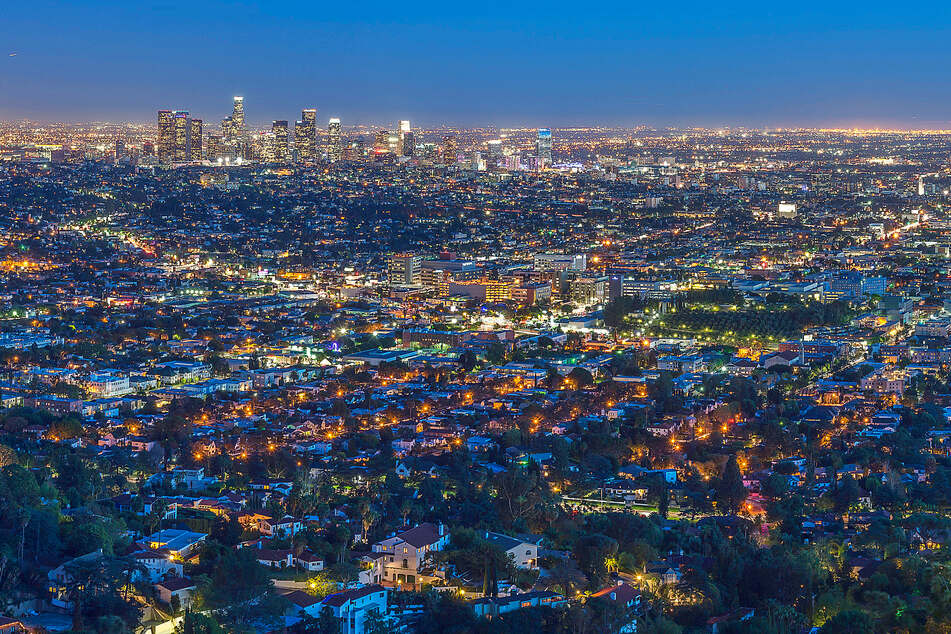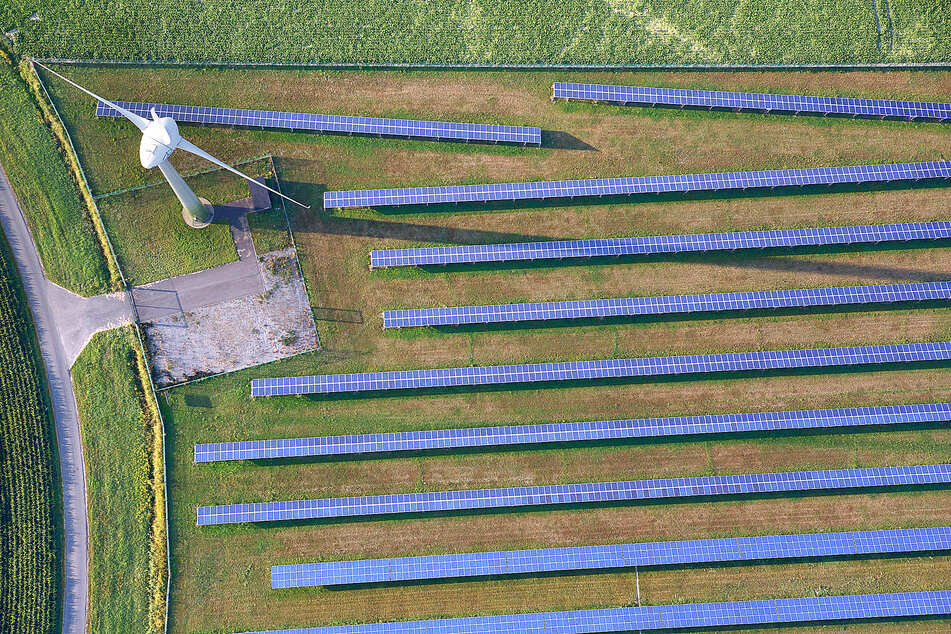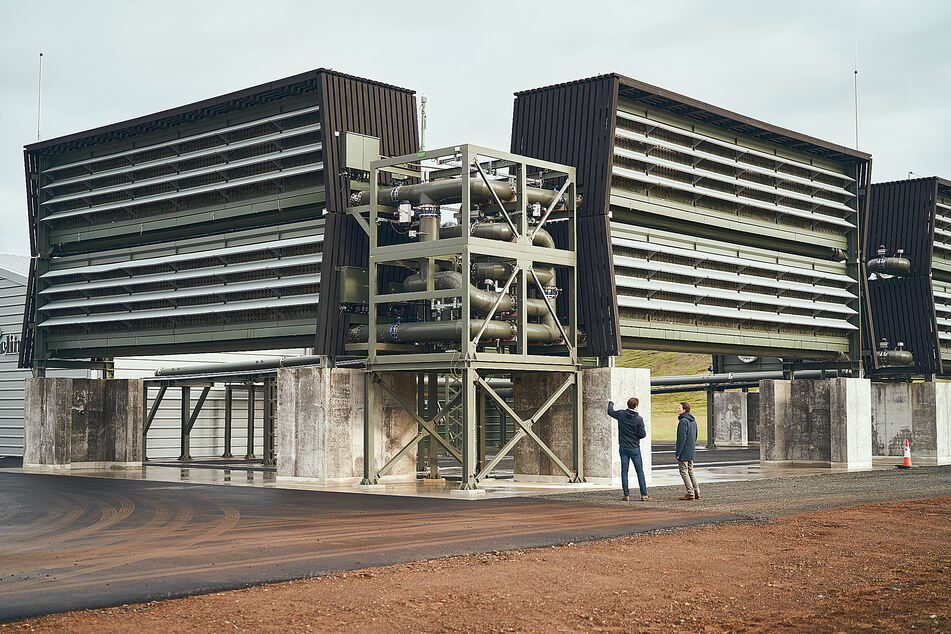Climate action playbook: What the IPCC's latest report means for the fight to save the planet
Geneva, Switzerland - The newest report from the Intergovernmental Panel on Climate Change, the UN's leading body of experts on the climate crisis, is basically a roadmap to fixing our environment.

The IPCC's 2022 Climate Change Mitigation report shows you and your elected officials exactly which methods of dropping fossil fuel use and reducing CO2 emissions will be most effective, and least expensive.
And although it's been said before in IPCC reports, fossil fuel use has to end if we want to have any hope of stopping climate change.
The remaining carbon budget is 500 gigatons of CO2. That is the hard limit on how much CO2 and other greenhouse gases can be released into the atmosphere if the world wants a 50% shot at keeping global warming below 1.5 degrees Celsius relative to pre-industrial levels.
Since human activity releases about 60 gigatons of CO2 into the atmosphere annually, we now have ten years, tops, to drop carbon emissions to zero or below.
For a 67% chance at keeping warming below the two degree mark, the budget would be 1150 gigatons, or 20 years at most. Due to the continued rise of greenhouse gas emissions, a shorter time frame for both scenarios is more likely.
So, here's where the report turns to solutions instead of gloomy forecasting.
To drop fossil fuels, countries need to electrify the transport and housing infrastructure through the adoption of renewable energy, storage solutions, and electric vehicles. It turns out we're already doing that, according to what was easily the most uplifting news from the whole report.
Installing solar panels is now over 85% cheaper than it was in 2010, wind projects are 55% cheaper, a common type of electric vehicle battery, lithium-ion, is 85% cheaper, and all these types of renewable tech are expanding, with 10 times as many solar projects and 100 times as many EVs out there compared to 2010.
Making change across the board

At a smaller level, cities will need to make changes to supply chains, product packaging, building codes, and construction materials.
Adding renewable energy micro grids, switching from gas stoves and boilers to electric stoves and heat pumps would be a way to push a city closer to zero carbon emissions.
Add some serious investment in mass transit and more sidewalks and bike lanes, then top it off with green hydrogen as a fuel for ships and planes, and you've got yourself a green transportation revolution.
But heavy industry also needs to see some change. The report noted that lower emissions are possible if steel production relies on recycled steel and electric ARC reactors. It's already been shown that green steel, greener cement, and even greener fertilizer are possible.
And it doesn't stop with cities, says the report.
The way we use and protect nature needs to change, through reforestation, rewilding, and protection of remaining natural areas (looking at you, Amazon rainforest).
Doing that should focus on working with and drawing from the knowledge of Indigenous peoples and local communities.
That's really where the flavor of the report's envisioned change is: involve the people who are impacted, lift up the groups in danger of climate change's effects, and take aim at poverty while you're at it.
Keep that focus when coming up with the solutions to climate change, and you're golden. But do it fast, because emissions need to drop, like, last century.
Who needs to curb emissions?

There are some specific regions in the world that could stand to reduce emissions far more than others.
North America, which is the fourth-smallest region in terms of population, is the second-highest emitter of CO2.
And if you look at emissions per person, it turns out that North America is by far and away the worst emitter, with each individual contributing 19 tons of CO2 per capita each year.
The report isn't pointing fingers, but it is putting up the numbers so that policymakers know exactly how much work has to be done to make different parts of the world greener.
In terms of the recipe for dropping CO2 emissions and going green, the recipe is the same: one helping of ditching fossil fuels with a dollop of energy efficiency, all while skimping on the energy demand.
And the benefits of reducing emissions now are legion, but one big one for policymakers is that doing more to drop emissions now, will make it cheaper and easier to rein emissions in later.
It's the climate change equivalent of doing your homework on time, or putting off the assignment until the day after it's due.
Some challenges may apply

In the big picture, carbon capture and storage (CCS) technology will have to be used to scrub CO2 out of the air.
The report stresses that if big emissions reductions happen now, it will make CCS a more effective option, and here's the reasoning.
This technology is still taking baby steps and at the moment, it's only removing a tiny portion of yearly CO2 emissions. But, in a few decades, CCS could be ready to do its part to stop climate change.
So if emissions are already dropped well before CCS needs to start scrubbing, it would mean better chances of success than if the status quo continues unchecked.
It looks like carbon capture will be key to the long game of fighting climate change, but it needs all the help it can get from emissions dropping ASAP.
Finally, there's a seriously tricky area for change: us. The report explicitly recommends changing how we live, what we buy, and how often we throw out clothing, appliances, and food.
That means changing the culture of consumption we live in, because buying less stuff would mean lower emissions.
But it isn't all on you to make the right choices for the climate, and the report does say that a big part of how you make a lifestyle change has to do with your city and country making greener energy options available and appealing.
Climate action is doable, says the report, and affordable, and supported by the public. Now, stopping global warming really just boils down to political will to change.
Cover photo: IMAGO / YAY Images